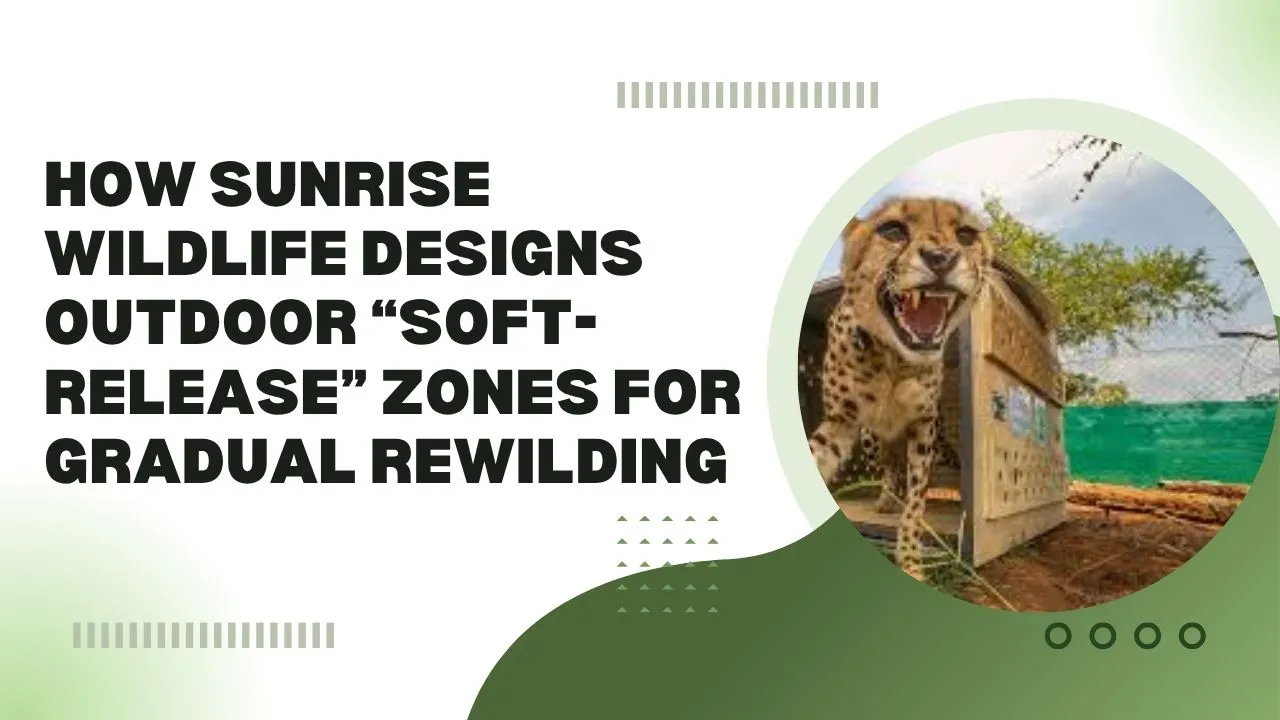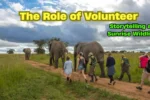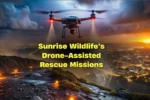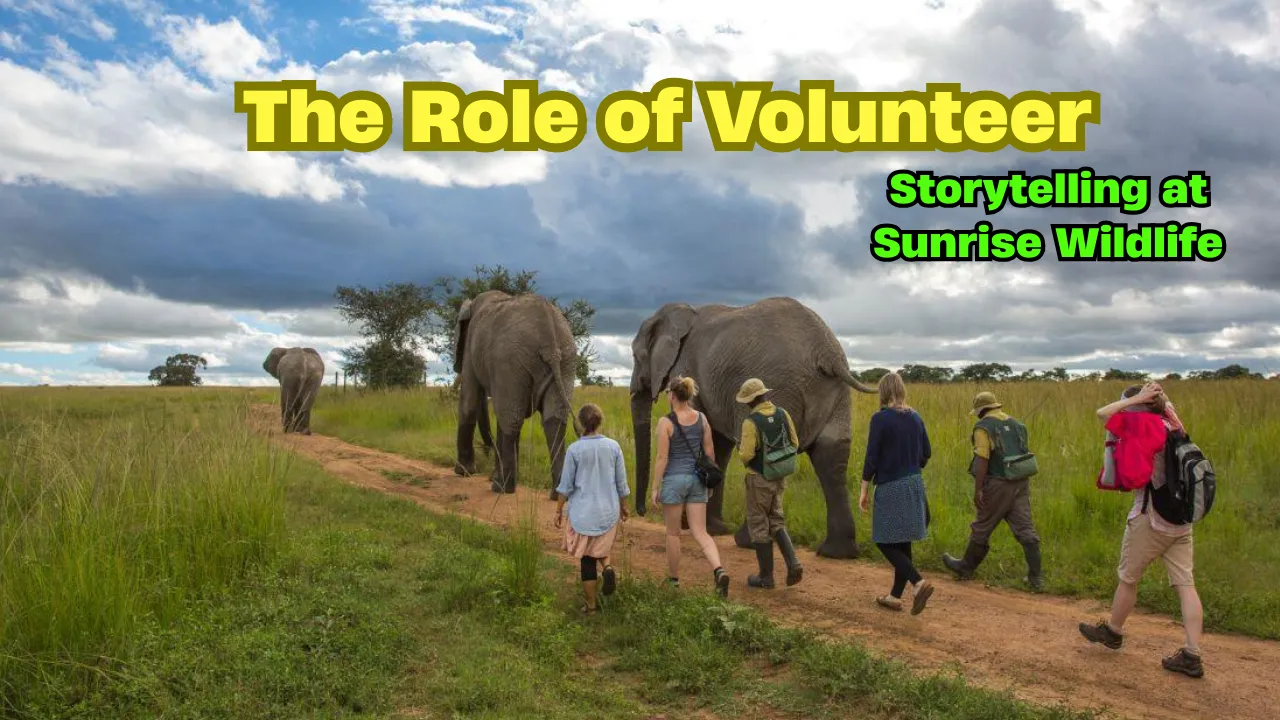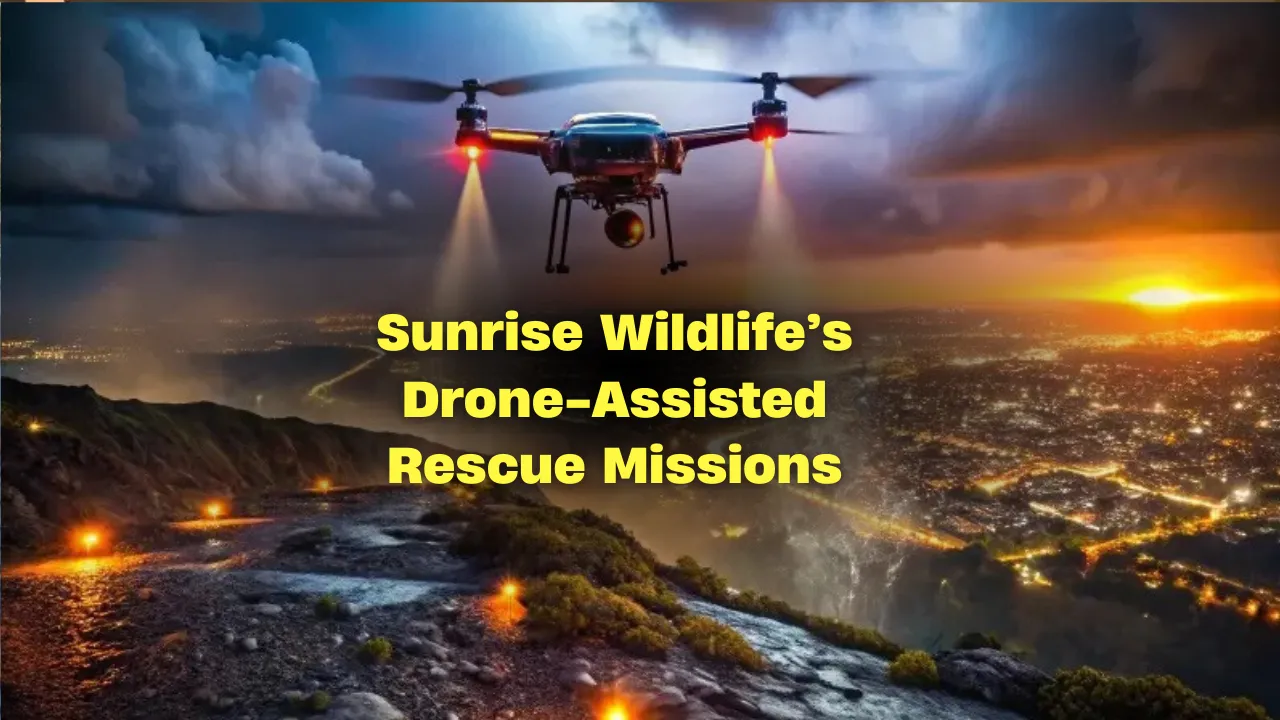Soft-Release: Soft-release has emerged as a key advancement in the world of wildlife rehabilitation, allowing animals to re-enter their natural environments with far greater success. Rather than releasing animals abruptly, this technique gives them the time and space to adjust, strengthening their chances of survival and long-term reintegration into the wild.
Sunrise Wildlife has refined this approach with thoughtful, species-specific design strategies. This article dives deep into how they create and manage these specialized soft-release zones. We’ll explore how the zones are tailored to suit the needs of different species, how they mimic natural conditions, and why they’ve become such a powerful part of the broader rewilding process. A full breakdown follows.
What is Soft-Release and Why it Matters
Soft-release is a gradual reintroduction method used in wildlife rehabilitation. Rather than placing animals straight into unfamiliar territory, Sunrise Wildlife provides controlled outdoor enclosures that resemble the animal’s natural habitat, allowing for slow exposure to the conditions they’ll face in the wild. This method supports species adaptation, builds survival skills, and dramatically improves the success rate of the rewilding process. Through shelter, limited human interaction, and slow removal of food support, animals regain their instincts. It’s a humane and strategic release strategy that respects each animal’s need for time, learning, and adaptation.
| Aspect | Details |
| Method | Gradual transition via controlled outdoor enclosures |
| Key Goal | Build independence and survival instincts |
| Target Species | Birds, mammals, reptiles, and other rescued wildlife |
| Support Elements | Native vegetation, limited food support, species-specific shelter |
| Human Contact | Kept to a minimum to encourage wild behavior |
| Monitoring | Behavioral tracking before and after release |
| Final Transition | Barrier removal allowing free movement into natural habitat |
| Benefits | Higher survival, smoother adaptation, stronger ecological contribution |
What Is a Soft-Release Zone?
A soft-release zone is a semi-wild, enclosed area where rehabilitated animals can gradually regain their natural behaviors before being fully released. These zones are far more than simple fenced areas; they are designed to simulate real-world environments, often including native flora, shelters, and hunting or foraging opportunities. The intent is to mimic natural habitats as closely as possible, reducing the shock of complete freedom.
Sunrise Wildlife structures these enclosures with careful attention to the species in question. A hawk might need elevated perches and open space, while a raccoon will need safe climbing areas and natural cover. These designs ensure that animals relearn essential survival behaviors like hunting, hiding, and navigating natural landscapes—all in a gradual transition that supports long-term success.
Why Soft-Release Works Better Than Hard-Release
A hard-release, which involves immediately setting a rehabilitated animal into the wild, often leaves the animal vulnerable. It’s a sink-or-swim scenario that many do not survive. The soft-release model allows the animal time to adjust, reducing stress and improving survival chances. This method respects the trauma and developmental delays that some rescued animals face.
Sunrise Wildlife recognized that simply saving an animal isn’t enough—it must also be properly reintroduced. By designing release strategies that consider behavior, seasonal timing, and local ecosystems, they dramatically improve both individual animal outcomes and broader wildlife recovery efforts. This patience and precision are key to making the reintroduction truly effective.
How Sunrise Wildlife Designs Their Soft-Release Zones
Designing an effective soft-release area involves understanding both the individual animal and its species. At Sunrise Wildlife, planning begins with the animal’s expected end habitat. Then, they reverse-engineer the enclosure to prepare the animal for that environment.
These outdoor enclosures include:
- Native plant species to provide realistic foraging or shelter options
- Minimal artificial structures, encouraging natural exploration
- Removable fencing or gates for a smooth final release
- Feeding stations that gradually reduce support
- Hidden camera systems for discreet behavior tracking
Every aspect is designed to foster independent survival, from climbing to hunting to socializing with others (for social species). This approach ensures the animals aren’t just surviving—they’re thriving post-release.
Important Features of a Soft-Release Zone
1. Species-Specific Environments
Each animal has different survival needs. An owl will require places to perch and observe prey, while a ground-dwelling mammal will need dense cover. Sunrise Wildlife builds features that support each animal’s instinctive behaviors to help them regain their natural rhythm.
2. Controlled Exposure to Nature
The enclosures expose animals to light, weather, and natural sounds. This exposure conditions them to real-world elements like rainfall, wind, and the changing of the seasons, which is critical for their transition into wild conditions.
Two Key Elements in Sunrise Wildlife’s Soft-Release Design
- Minimal Human Interaction: The enclosures are kept quiet, and humans avoid direct contact once the animal enters the zone. This reduces imprinting and increases self-reliance.
- Adjustable Enclosure Access: Many zones have sliding doors or detachable fencing, giving caretakers the ability to gradually allow the animal more freedom. This flexibility ensures animals are released only when they are truly ready.
The Role of Monitoring and Timing
Successful rewilding hinges on the right timing. Release too early and the animal might fail to hunt or hide. Wait too long and it could become dependent on human support. Sunrise Wildlife addresses this with close post-release monitoring, using both visual observation and in some cases, GPS collars or tagging.
Behavioral signs like successful foraging, avoidance of humans, and strong physical condition are used to decide when to proceed with full release. The animal’s welfare is always the deciding factor, not just a calendar schedule.
Benefits of Soft-Release for Ecosystems
A proper soft-release does more than save one animal. It restores balance in the environment. A returned predator might help control rodent populations. A pollinator like a bat or bird supports plant diversity. Every successful reintroduction ripples out through the ecosystem.
Sunrise Wildlife’s work shows how careful preparation can strengthen nature’s balance. By ensuring each animal is ready, they protect not only the individual but the ecological systems those animals help support.
Community Involvement and Education
While the animals are protected from human contact during the soft-release, the community is still involved in Sunrise Wildlife’s mission. Through guided educational programs, video documentation, and volunteer workshops (separate from the release zones), Sunrise Wildlife raises awareness and builds public support for conservation.
This transparency helps build trust, educates the public, and encourages a wider culture of care around wildlife rehabilitation and sustainability.
FAQs
What is a soft-release zone used for?
A soft-release zone helps animals gradually adapt to the wild after rehabilitation by offering a controlled outdoor space that mimics their natural environment.
How long does the soft-release process take?
It depends on the species and the individual’s condition. Some animals may be ready in a few weeks, while others may require several months of preparation and observation.
Are soft-release zones safe from predators?
Yes. Sunrise Wildlife designs these zones with safety in mind, protecting recovering animals from external threats while they regain strength and instincts.
Can people visit these enclosures?
Typically no. Human contact is minimized to keep the animals wild and prevent dependence or stress, though public education happens through other avenues.
Why is soft-release better for rewilding?
It improves survival rates by allowing animals to adapt gradually, learn vital survival skills, and avoid the shock that comes with a sudden hard-release.
Final Thought
The soft-release model is a thoughtful bridge between care and independence. At Sunrise Wildlife, it’s not just about letting animals go—it’s about preparing them to thrive. These zones represent a blend of compassion, biology, and smart design that truly honors the wild.
If you’re passionate about animal welfare or conservation, take inspiration from Sunrise Wildlife’s work. Share this article, explore more about rewilding, or support a local rehab center. Every step toward understanding helps wildlife return home where they belong.
